Spring Dead Spot
Spring dead spot is a fungal disease primarily of bermudagrass lawns, but can affect zoysiagrass in South Carolina as well.
Spring dead spot symptoms appear as circular patches from 6” to a few feet in diameter that remain dormant when the turf greens up in spring. These patches eventually die and recess to the soil surface, giving a sunken look to the areas. The disease does not directly kill the grass, but instead makes it more susceptible to freezing injury. This means symptoms are generally worse following cold, wet winters.
Spring dead spot is most active during moist fall conditions when the soil temperatures reach 70 F, and will continue damaging the lawn until soil temperatures drop below 50 F. Infections will then resume the following spring.
Recovery from spring dead spot occurs by spread of the turf from uninfected areas, which can be very slow, taking nearly the entire growing season or longer.
To reduce the risk of spring dead spot, or to get it under control will require maintaining a healthy lawn and applying effective fungicide treatments at the proper time.

